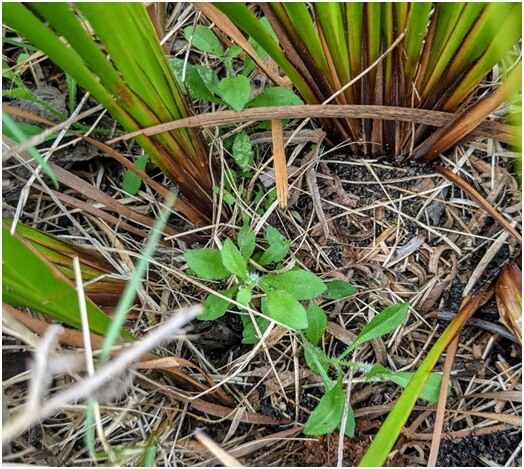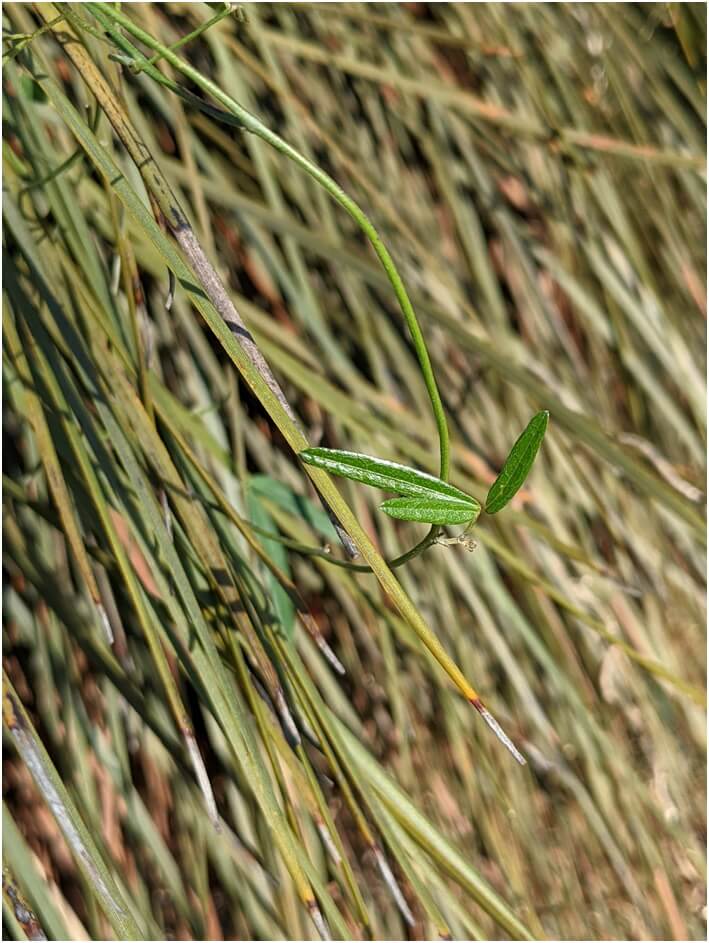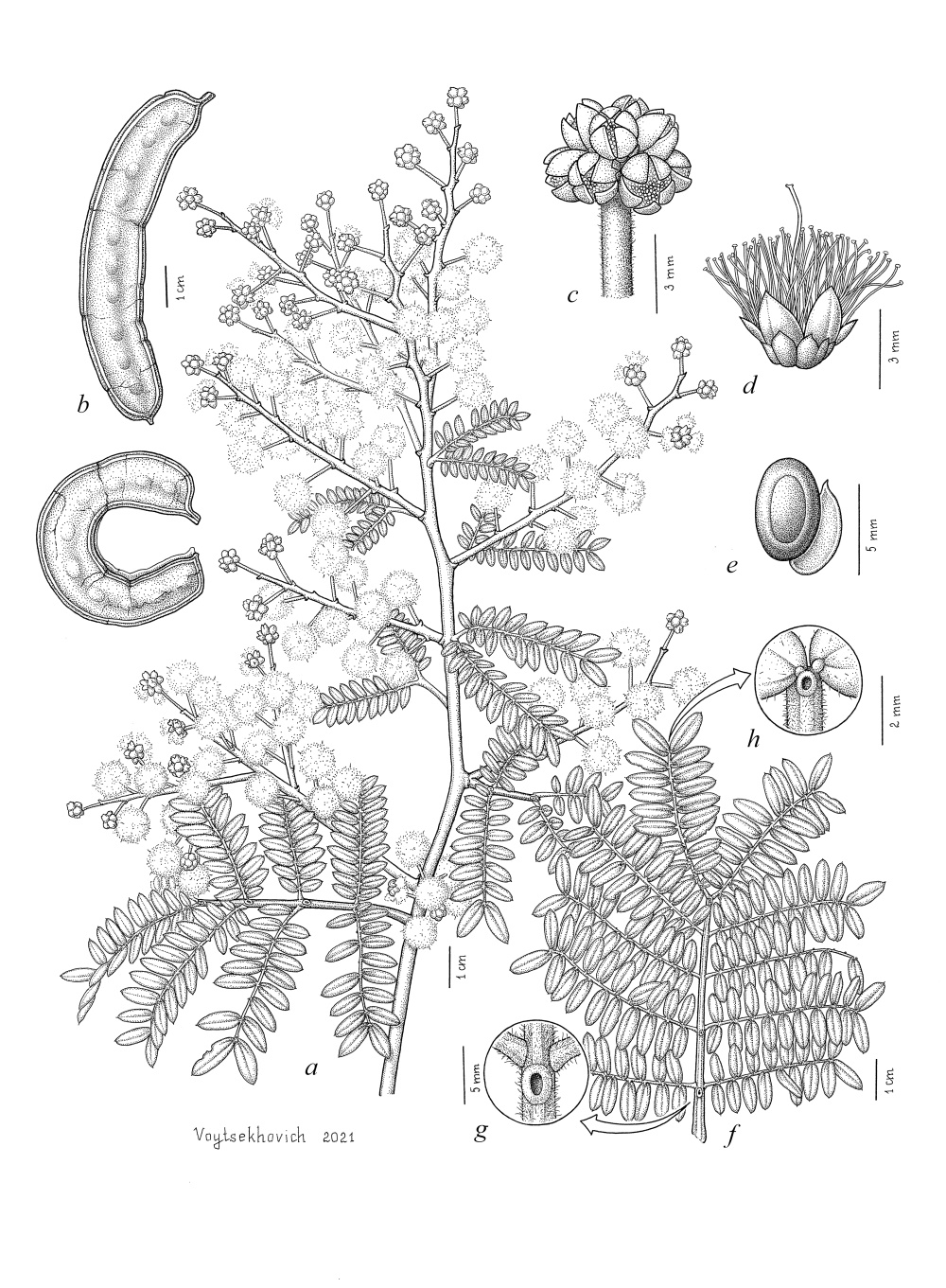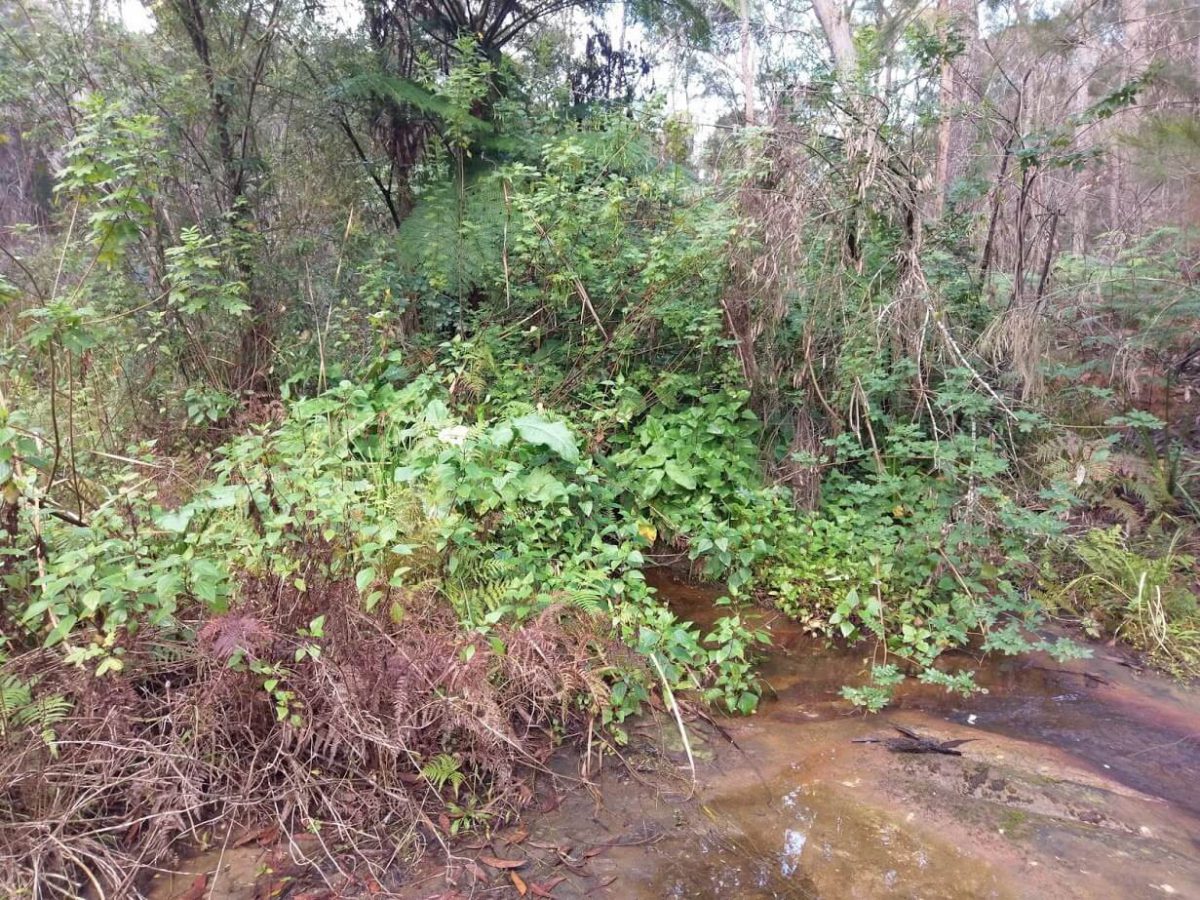Greater Sydney Local Land Services provided our co-op with a grant to assist in weed control within an Eastern Suburbs Banksia Scrub (ESBS) remnant on the grounds of Banksmeadow Public School. ESBS is a critically endangered ecological community, with around 2% of its original range remaining. This specific ESBS patch is a biobank offset for losses caused by expansion works at NSW Golf Club. The Banksmeadow Public School site supports a specific type of ESBS remnant which occurs on high sand dunes and crests.
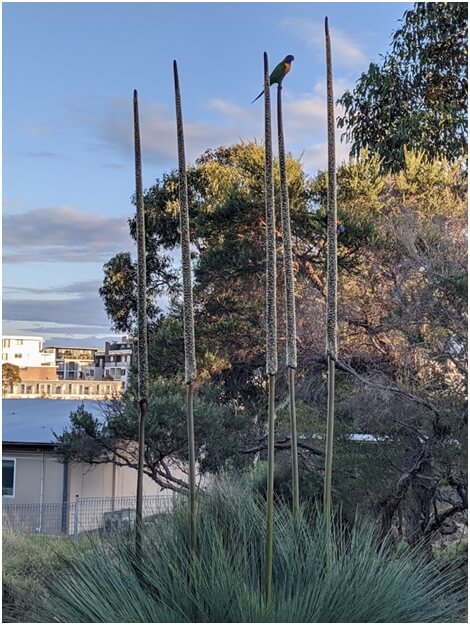
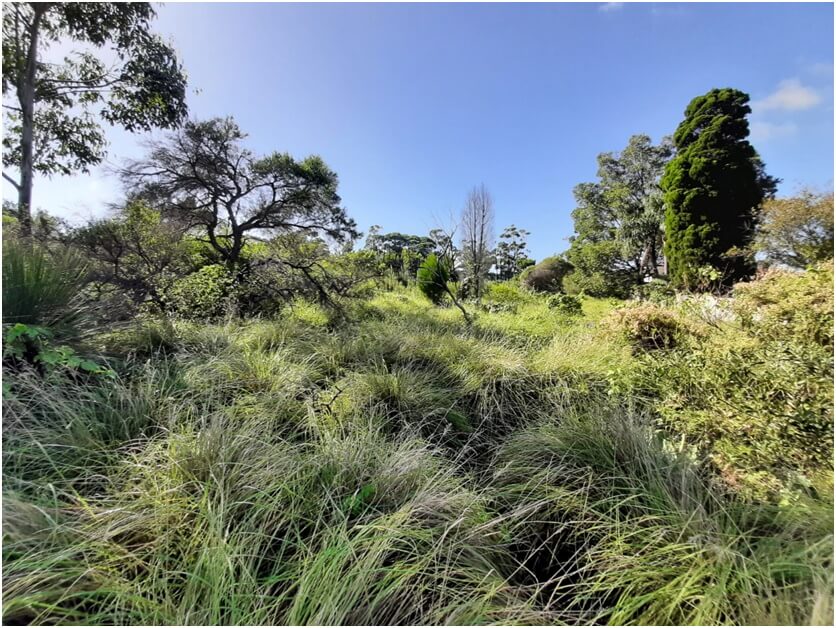
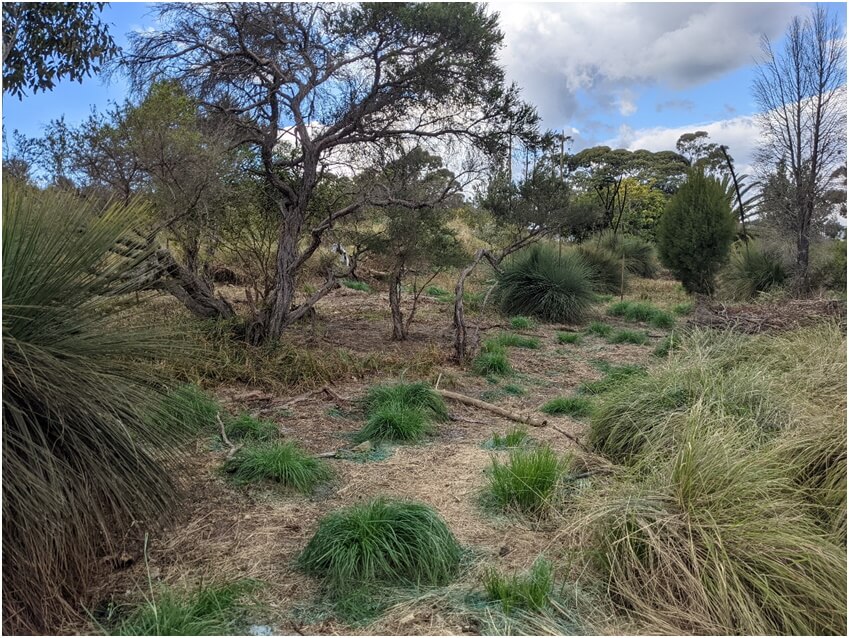
The running of the project involved four site visits which focused on removing noxious weeds such as African Love Grass (Eragrostis curvula), Morning Glory (Ipomea indica), Common Couch (Cynodon dactylon), Lantana (Lantana camara) and Turkey Rhubarb (Acetosa sagittata). Removal of these weeds was primarily achieved via firstly brush cutting masses of African Love Grasses covering the work area, hence creating access to the ground cover weeds and vines, thus enabling efficient and effective hand removal. ‘Clear ground raking’ was then applied. This bush regeneration practice involves raking and scraping back excess mulch, which then exposes the bare sand of the remnant which hopefully provides more optimal conditions for native seed germination.
While working on site, we discovered and identified some unique native floral species such as the Daphne Heath (Brachyloma daphnoides), Bloodroot (Haemodorum planifolium), Variable Sword-Sedge (Lepidosperma laterale), Flaky-Barked Tea-Tree (Leptospermum trinervium) and Twining Glycine (Glycine clandestina). Hopefully, as a result of our efforts, the regeneration of the site can occur a little more easily. The native plants there will have room for growth and the seed bank has been given the best chance for activation.
Overall, this project was a highly rewarding experience for all involved. To begin the process of reverting the site back to its natural state and hopefully restoring its functionality, from a dense weedy patch, was a satisfying feeling for us. Being situated on school grounds provides a unique opportunity for remnant to be used a valuable educational tool for students, teachers and the general public going forward.
